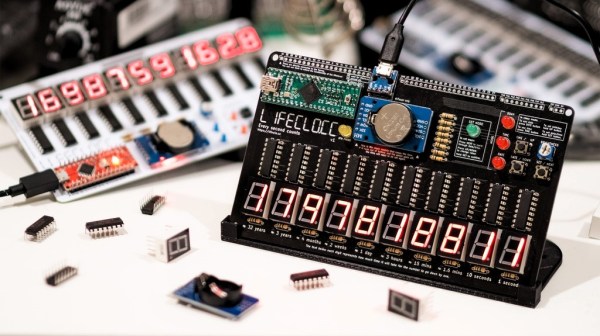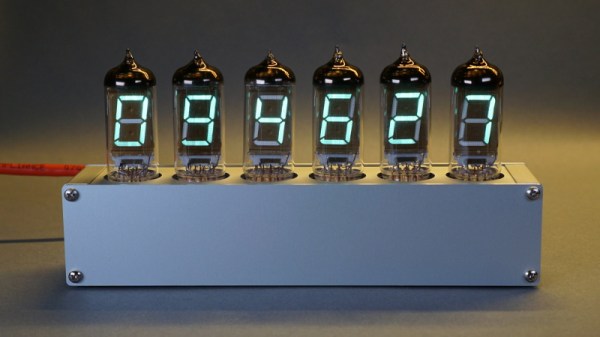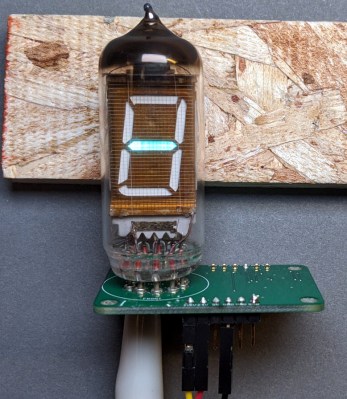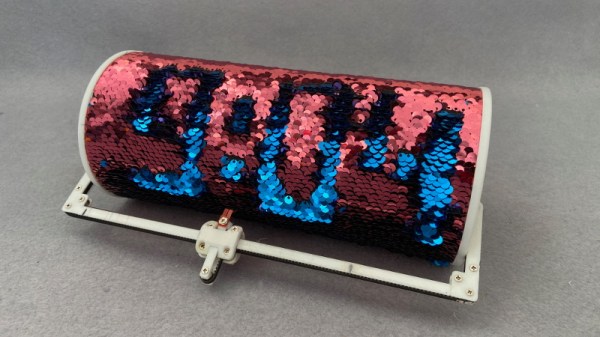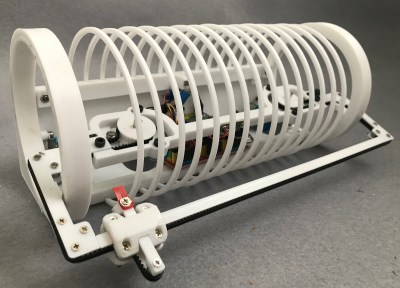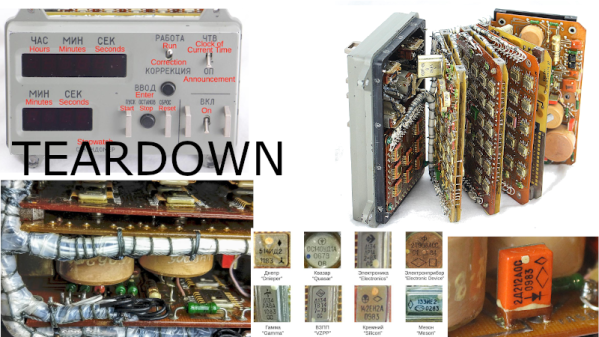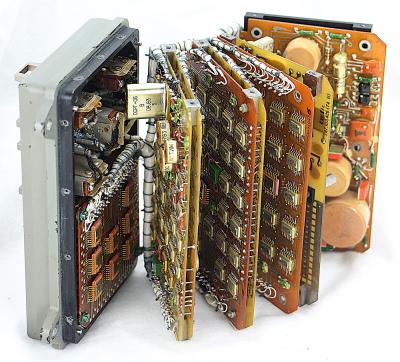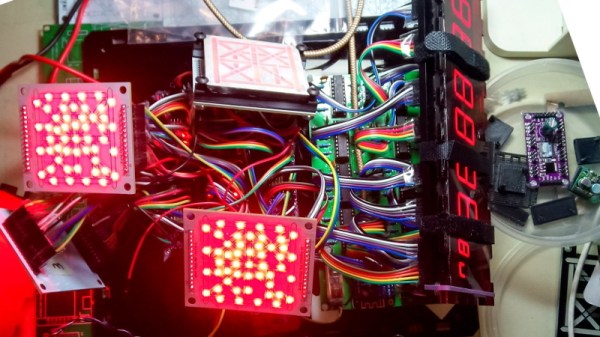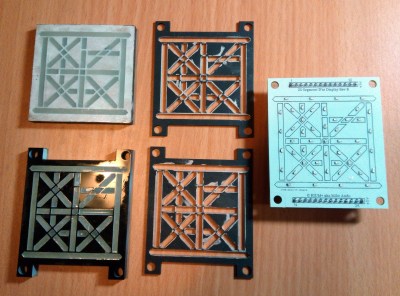Good news, everyone! Now you can have an ongoing existential crisis, every second of your ever-dwindling life with this personal life countdown timer.
Why would anyone want to be confronted by a count of the number of seconds left until you’ve made 80 trips around the sun? We can think of plenty of reasons not to, but creator [Jia Xun Chai] thought it would be somehow motivating to see the seconds tick irretrievably by while going about his life. Thus the idea for “Lifeclocc” came to be, with its ten seven-segment displays and Teensy to tally up and display the number of seconds left in a nominal 80-year life. A DS3231 RTC module keeps it on track between power-offs. It’s not clear what happens when you hit your 80th birthday; we assume it rolls over and starts counting up as you start playing in the bonus round. No word either on what happens should you croak with time left on the clock. Answer these questions and many more by building one yourself, or you can just wait for the Kickstarter.
It took [Jia Xun] three years to develop Lifeclocc, during which time his personal life clock decreased by 94,608,000 seconds. We will say that the finished product, with its matte-finish PCB, makes a handsome timepiece. Circuit sculptor [Mohit Bhoite] took a less-angsty stab at a similar clock, the cute appearance of which is no doubt intended to blunt the pain of impending doom.

